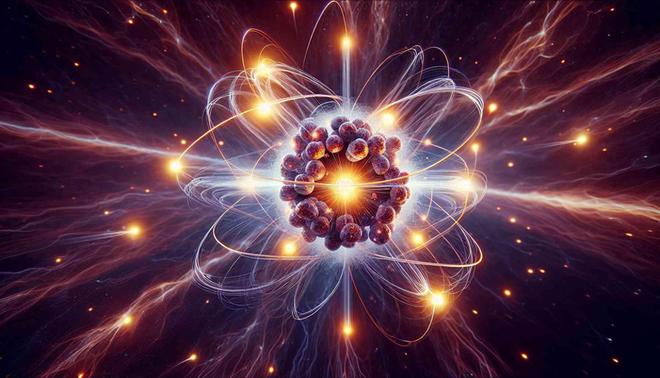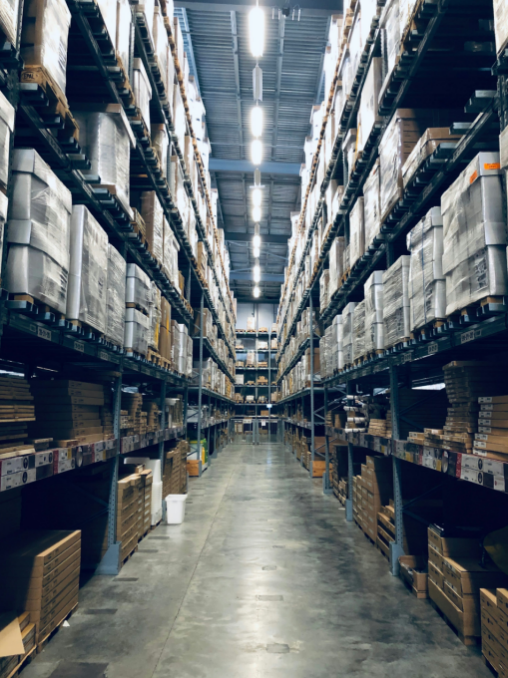Gas sensor: the "sniffer" in the microscopic world
In the world we live in, gases are everywhere. Some gases are good for health, while others may hide crises. The gas sensor, like a miraculous "sniffer", accurately detects the traces of various gases in the micro-world, escorting our safety and the sustainable development of the environment.
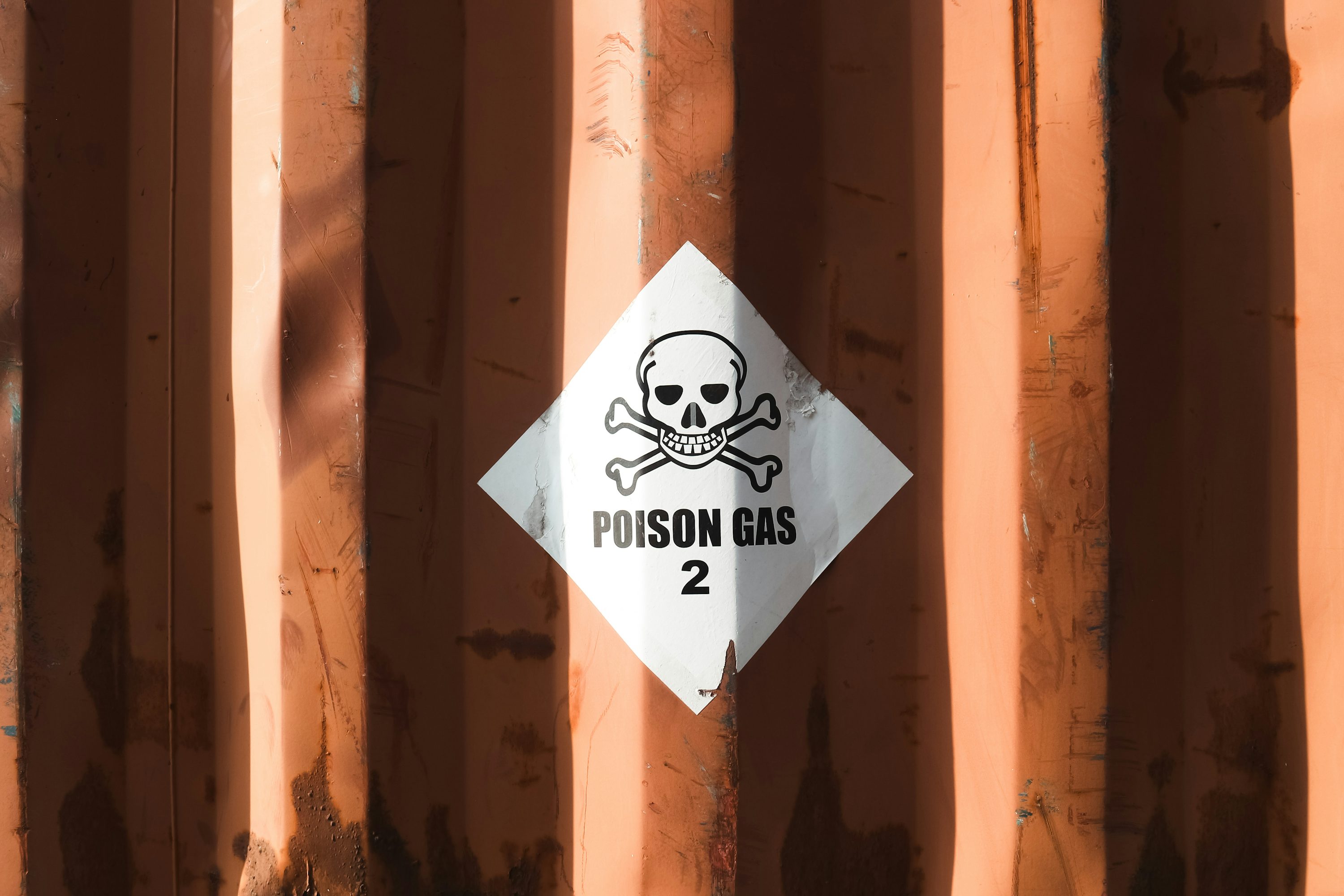
Nitrogen oxide gas sensor, focusing on monitoring those nitrogen oxides that are easily overlooked but have great harm. In the traffic of the city, automobile exhaust constantly emits nitrogen oxides. Once these gases accumulate too much in the air, it will cause a series of health problems such as respiratory diseases. Nitrogen oxide gas sensor adopts the principle of metal oxide semiconductor, and its sensitive materials are like tiny "sentries". When nitrogen oxide gas molecules meet with them, the conductivity of the materials will change. This weak change is accurately captured by the sensor and quickly converted into an electrical signal. After being processed by complex circuit systems and algorithms, the concentration value of nitrogen oxides is accurately presented, which provides key data support for environmental protection and traffic management. For example, in air quality monitoring stations in some cities, nitrogen oxide gas sensors monitor the concentration of nitrogen oxides in the air in real time, and once an abnormality is found, they immediately give an alarm to remind relevant departments to take measures to reduce automobile exhaust emissions and protect citizens' health.
At the same time, hydrogen sulfide gas sensors protect high-risk industries such as petrochemical industry. The pungent smell of hydrogen sulfide not only pollutes the environment, but also poses a serious threat to the life safety of field workers. Hydrogen sulfide gas sensor is based on electrochemical principle, and the electrolyte inside the sensor provides a stage for rapid reaction of hydrogen sulfide gas. When hydrogen sulfide gas permeates into the sensor, it will undergo redox reaction with electrolyte, and the generated current is directly proportional to the concentration of hydrogen sulfide. This accurate sensing mechanism enables the hydrogen sulfide gas sensor to give an alarm in time before the danger comes, and strive for valuable escape and emergency treatment time for the staff. In a hydrogen sulfide leakage event in an oil production site, the hydrogen sulfide gas sensor responded quickly when the gas concentration just exceeded the safety threshold, triggering the alarm system, which made the site staff evacuate in time and avoided an accident that might cause heavy casualties.
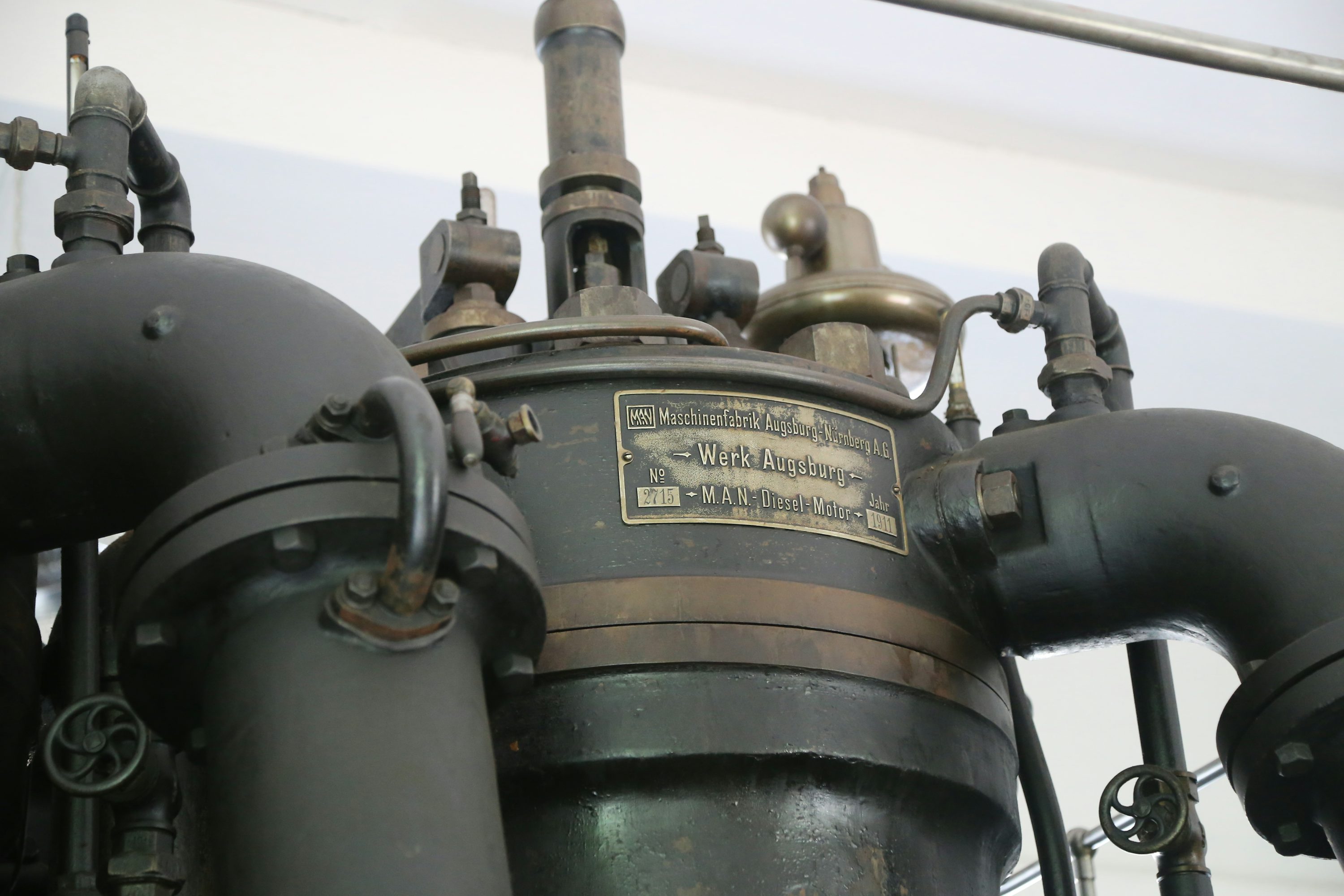
Accurate detection of gas sensor is inseparable from its unique microstructure. Taking the optical gas sensor as an example, its internal structure is exquisite, and the light emitted by the light source passes through the measuring cavity containing specific gas. Different gases have different light absorption characteristics. By detecting the change of light intensity, the gas concentration can be deduced. This is like building a sensitive bridge of light in the micro-world, so that there is nowhere to hide the subtle concentration changes of gas. In the field of food preservation, optical gas sensors are used to monitor the gas components in food packaging. For example, in the fresh-keeping packaging of some high-end fruits, the optical gas sensor can monitor the concentration of oxygen and carbon dioxide in the packaging in real time, and extend the fresh-keeping period of fruits by adjusting the gas environment in the packaging, so as to ensure that the quality of fruits is not affected during transportation and storage.
As science and technology keep advancing, the intelligence of gas sensors is also constantly increasing. Leveraging big data and artificial intelligence algorithms, gas sensors are able to learn from and analyze vast amounts of historical data. It can not only monitor the gas concentration in real time, but also make intelligent prediction according to the changing trend of the environment, and warn the possible gas leakage or concentration exceeding the standard in advance, thus building a solid security line for our life and industrial production. In the smart home system, the gas sensor is combined with the home security system. When natural gas leakage is detected, it will not only give an alarm immediately, but also automatically close the gas valve and open the window for ventilation, effectively avoiding the occurrence of gas explosion accidents.
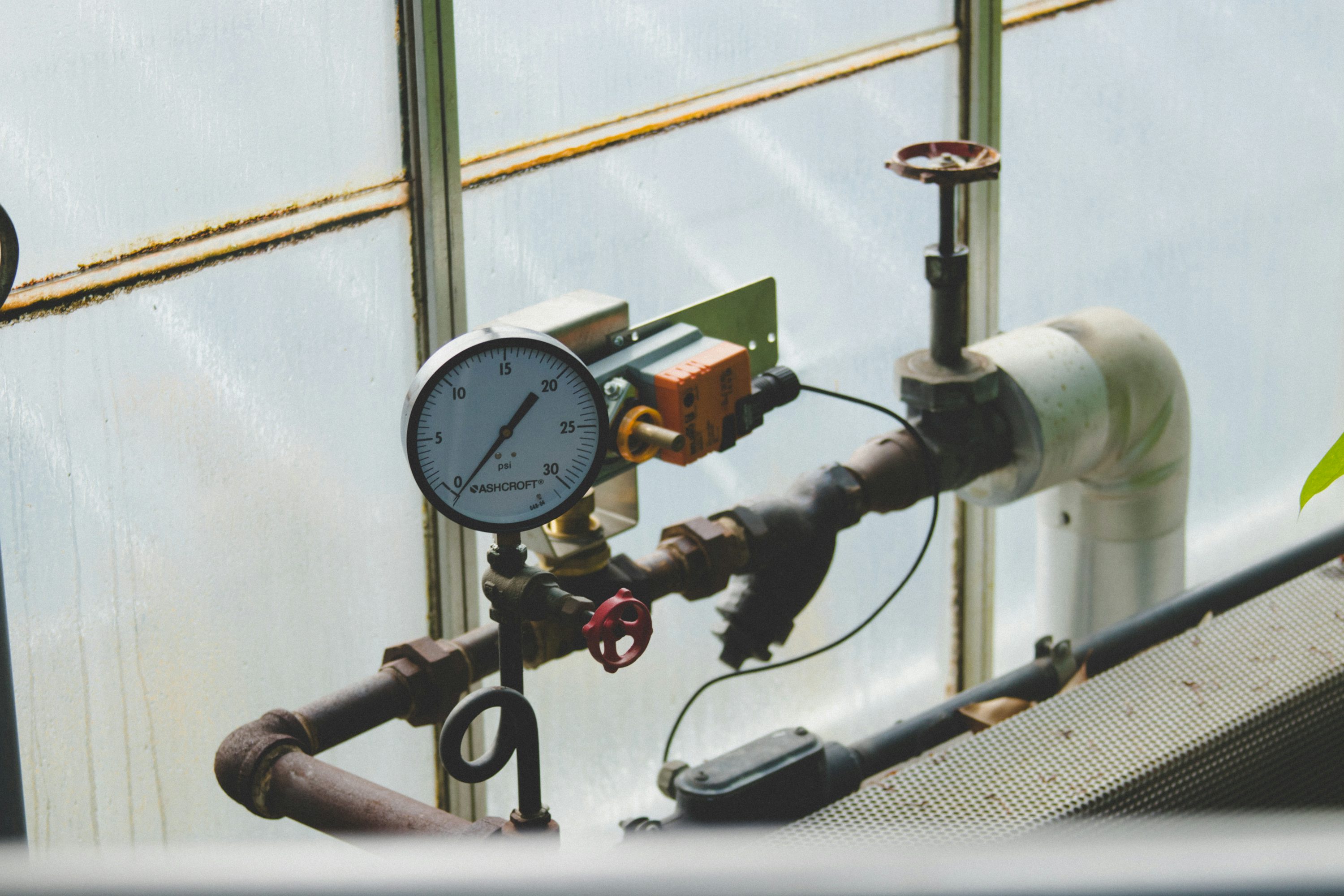
Gas sensors, the "sniffers" in the micro-world, are playing an increasingly important role in many fields such as environmental protection, industrial safety, medical and health care, smart home and so on with their precise and sensitive characteristics. They silently guard our lives, perceive the invisible dangers for us in advance, and let us enjoy the convenience of modern technology and breathe every breath of air with peace of mind.
(Writer:Weink)


